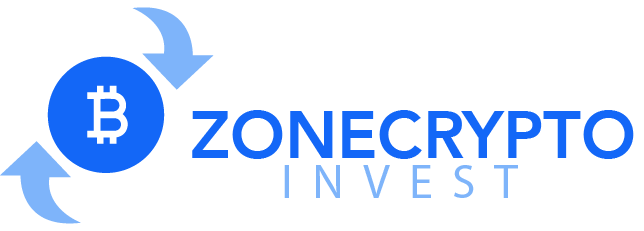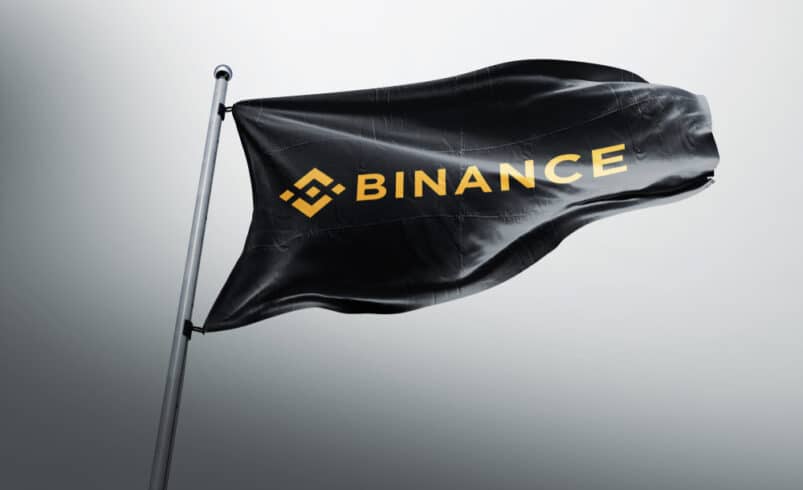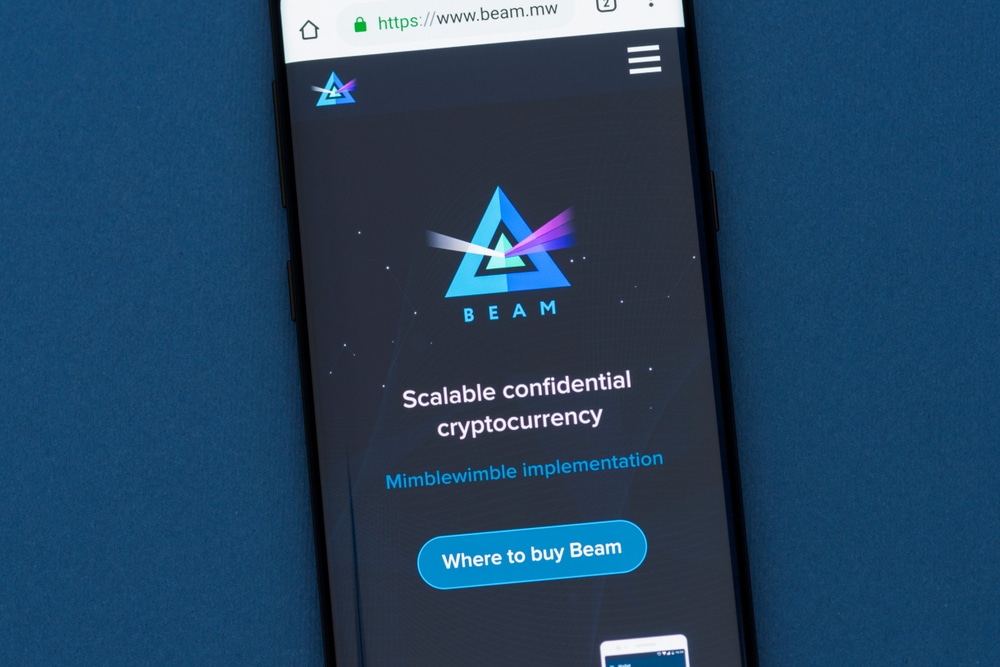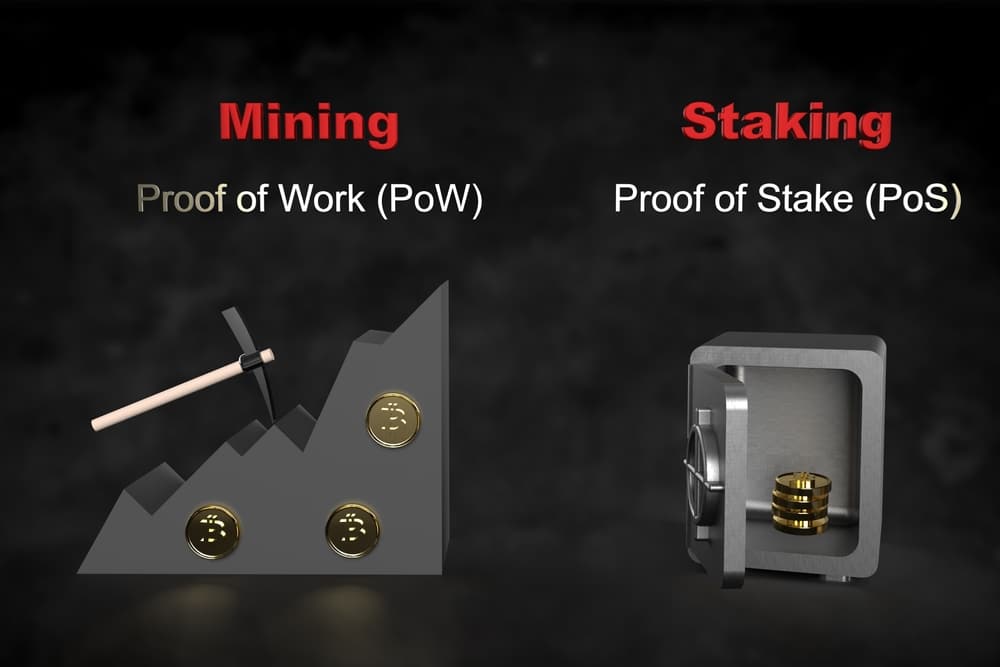A Detailed Guide to Understanding Consensus Mechanism

Consensus mechanisms are central to the cryptocurrency ecosystem, allowing a distributed network’s participants to agree on one version of transaction history. The process is critical for the integrity of decentralized blockchains since they lack the central authority to manage the database.
One of the purposes of consensus mechanisms is to authenticate transactions to avert problems such as double-spending. Secondly, they inspire participants to adhere to established guidelines, establishing trust within a trustless system. Several consensus models exist, and each balances scalability, decentralization, and security.
Types of Consensus Mechanisms
Proof of work and proof of stake are the most famous consensus mechanisms. Bitcoin and similar crypto networks utilize proof of work and entail miners handling intricate mathematical problems to acquire the right to mine the next block and attain awards.
Proof-of-stake networks entail validators staking the native cryptocurrency as a form of security to acquire the right to authorize transactions. The stake size affects the possibility of being picked.
Other models offer various benefits and trade-offs regarding the blockchain trilemma of scalability, security, decentralization, and energy efficacy. They include proof of authority (PoA), delegated proof of stake (DPoS), and proof of history (PoH).
The choice of consensus mechanism considerably affects a cryptocurrency network’s overall functioning, impacting its capability to fight attacks and handle transactions effectively.
Role of Miners and Validators Explained
Miners and validators are essential in upholding the blockchain network’s reliability and security. In proof of work, miners participate in a competitive process that unravels cryptographic puzzles to add new blocks. This authenticates transactions and protects the network from possible attacks.
The significant computational effort, as well as related costs, prevent malevolent activity. This is because the investment needed to disrupt the network would be considerable, with an unsure return.
On the contrary, proof of stake and its variations depend on validators who stake a specific cryptocurrency amount as collateral deposit. The staked amount affects their chance of being picked to authenticate new transactions, while higher stakes boost the possibility of selection.
In case a validator behaves dishonestly, the possibility of losing their stake, a punitive measure called slashing, is high. The process aligns validators’ interests with the network’s integrity since they have a personal financial stake in ensuring its right function.
Rewards inspire staking and mining, motivating miners and validators to align with the network’s security. The rewards are a form of reward for their investment and endeavors.
Whether via mining in proof of work or staking in proof of stake, miners and validators are essential elements in the decentralized machinery. In this case, they allow the attainment of consensus and ensure the ledger is still an origin of trust for all users.
Addressing Consensus Disputes
Blockchain networks lack a central authority, thus the need for decentralized governance. The systems are critical for aligning the network’s participants, mostly dispersed globally, on transactions’ validity and the ledger’s present state.
This is especially critical in situations where a possibility for disagreement exists. An example is when a user tries spending a specific digital token two times (double-spending) or a suggested change in the protocol’s guidelines.
Consensus mechanisms are developed to prevent or uncover deceitful conduct in the network. Nodes may have contradictory views concerning the blockchain’s state or transactions. In such cases, consensus mechanisms allow a majority rule decision-making strategy, guaranteeing verdicts demonstrating the wider network’s will.
The decentralized governance model ensures the security of the network. It also ensures that it functions honestly without requiring a traditional central authority.
Conclusion
Consensus dispute resolution is critical for promoting blockchain networks’ trustworthiness and stability. Disputes can result in planned or debatable splits, splitting the blockchain into different chains. Each chain would be backed by various sections of the original network, which could impact their respective cryptocurrencies’ value and security.
Zone Crypto Invest provides exposure for numerous crypto businesses, and we invite you to join our community! Connect with us through our Telegram chat for any questions. Given the volatile nature of cryptocurrencies, always conduct thorough research before investing. Many articles on our website are sourced from guest writers or are paid content, and they might not reflect the views of Zone Crypto Invest's internal team. The opinions in these pieces may not always coincide with Zone Crypto Invest's stance. We do not vouch for the accuracy, quality, promotions, or any other aspects showcased on our platform. Please refer to our detailed terms of service and disclaimer for further information.








